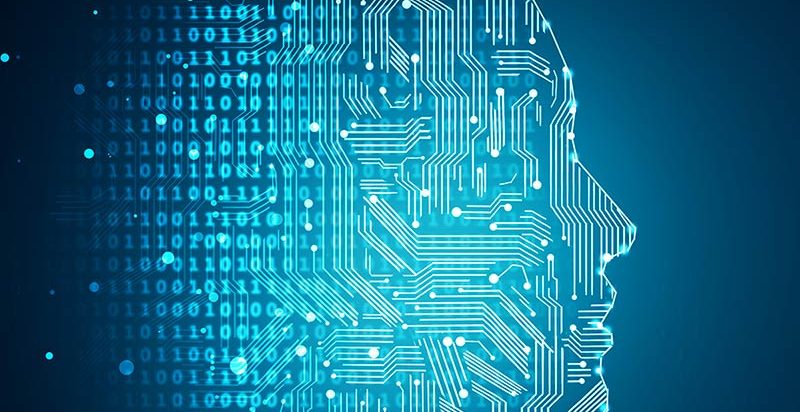In order to understand key concepts in the tech space and perform tasks effectively, it’s important to know the correct definitions for technical terms, tech words, and computer terms.
In the following sections outlined below, you will find technology definitions listed under their respective tech field to facilitate stronger communication and understanding in your tech career. You can click below to jump ahead to your section of interest.

 Live Chat
Live Chat